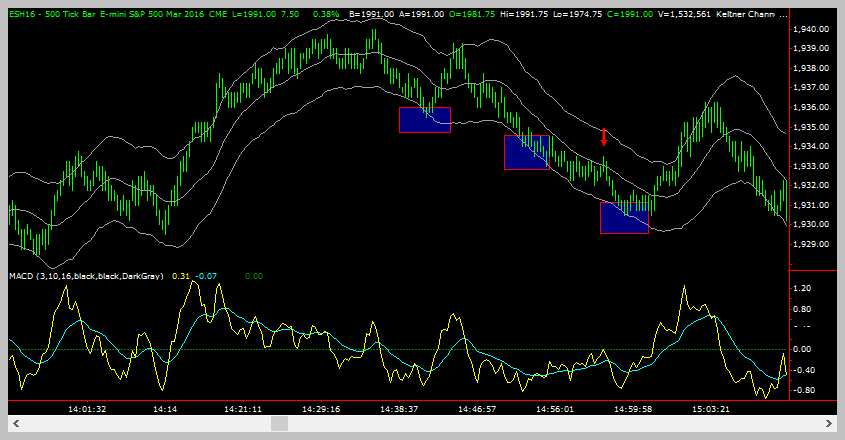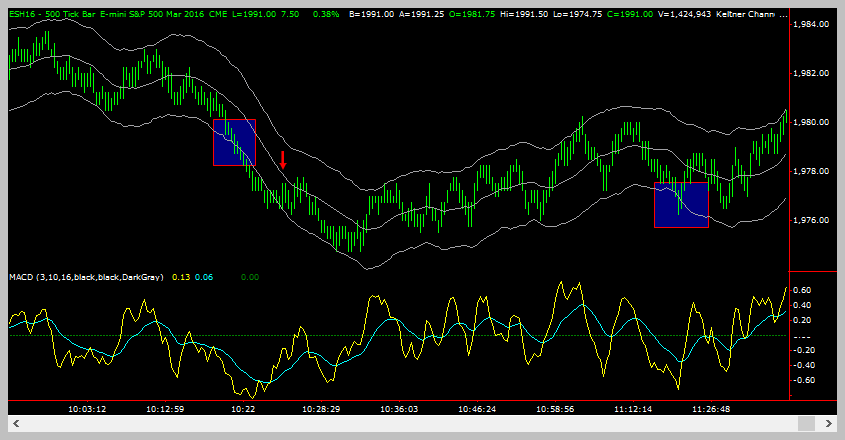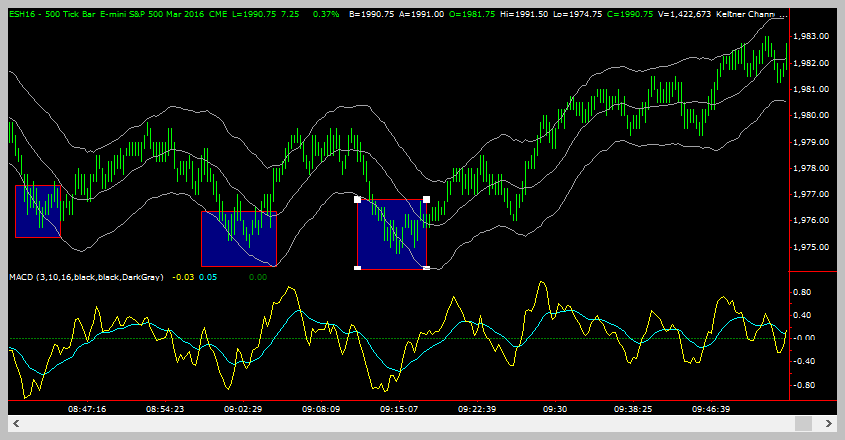Master Day Trading in Just 30 Days: Lesson #4
04
Lesson #4
In this 4th installment of our day trading training series, we are going to keep things very simple. This is the first lesson where you will be entering trades — but not live trades. Instead, you will be using your simulator where you can make as many mistakes as you need to, in order to become comfortable with entering orders in the middle of a moving market.
Practical Overview
As mentioned in lesson #3, your goal for this practical portion of the class is to execute 100 trades on your simulator over the next week or so. By doing this, you will accomplish the following:
- Increase your comfort level with your selected trading platform.
- Learn to quickly enter different types of orders without having to stop and think about how to do it, and what it means.
- Start on the road to mastering looking at the charts, while simultaneously executing a trade.
- Start to internalize the rhythms of a single market.
You should have your environment all set up now, and your chart and simulator workspace configured. If this has not been completed, please read lesson #3 now. Once completed, you should have a 500 tick chart of the e-mini S&P March 2016 contract with Keltner Bands set at +/- 2.5 ATRs around the center band, and a MACD indicator set below the price (in the lower pane of your charting window.) It should look something like this:

Please note: We used the March 2016 e-Mini S&P contract as an example, but you should use the contract which has the most volume since you might be reading this lesson after the March 2016 contract expires.
Note: Since this is a day-trading course, you will need to have access to your trading platform and charts when the market is open during US daytime hours.
Drill #1: Entering Market Orders
The easiest order to enter is a market order. Your trading platform likely allows you to enter this type of order with one click of a button (assuming the symbol is already in your order ticket or ladder), with an optional confirmation message.
You will enter a market order to purchase 1 contract of the e-mini S&P contract (usually symbol ESH16 or similar) when the following condition(s) are met:
- Price pushes below the lower Keltner band and then —
- The bar closes, i.e.: the bar that has pushed below the lower Keltner band has completed, and a new bar is starting to form.
You will exit the trade with a SELL market order as soon as price meets any ONE of the following conditions:
- The first bar where the entire bar closes above the lower Keltner band, and you have a gain in the trade. In other words, the low of the price bar should be above the lower Keltner band, and you have at least one tick of profit.
- Immediately when price touches the middle Keltner band, and you are still showing a loss.
Obviously, we are not concerned with profitability in this exercise, and in fact, the rules as outlined above for this exercise will not be profitable over the long term in the real world. This is just a drill, designed to get you conditioned to entering orders in the real world while price is moving around the chart.
If this drill is done properly, you will be entering long trades in both rising and falling markets, as well as in both slow and fast markets. Watching for the conditions outlined above to develop will start to give you a feel for how the e-mini S&P market moves in the real world, i.e., it will start to help you to develop your “gut feel”, which is important for a discretionary day-trader.
You should try to enter and exit at least 25 of these market orders over the next few days. If you do that, you would have completed a total of 50 market orders. That is more training than most beginning traders do before entering a live trade!
Bonus: You can give yourself bonus points if you keep a spreadsheet of all the trades you make.
Chart Examples
The blue boxes the image below show examples of the condition you are looking for before entering a market order. The red arrow shows the exit from an unprofitable trade (the trade initiated in the area of the second or middle blue box). Remember that the profitable exit would be the first bar that closes entirely above the lower band, where you have at least one tick of profit. In the above chart example, trades entered in the area of the first blue box and the third blue box would have had an exit that was profitable.

Need Help Setting Up Your Charts Or Workspace On Tradestation?
Sometimes its just easier to get someone else to set up your charts for you or maybe you just need clarification on the process or exercise. See how much you can get accomplished in one hour with a 60 min 1-on-1 coaching session!



Terminology
This lesson gives you plenty to do, so there is no new terminology to study.

Wrap Up
It will take you some time to complete these practice trades, especially if you are holding down a day job. The next lesson will have you practicing a different type of order, so the pressure is on to keep up now. If you can’t complete this assignment before the next lesson shows up in your mailbox, you will rapidly fall behind — please do not let that happen! We have set the time delay on the next lesson to 3 days, instead of 1 or 2 days. This should give you plenty of time to complete this practical.

Coming Up Next
- Increase your comfort level with your trading platform
- More order entry drills
- Practical: Entering Market Orders AND Limit Orders
Later
- Market structure as shown on charts and how that helps your profitability
- Defining legs and swings on the charts, which will help the precision timing of your trade entries and exits
- All about trend reversals, so you can enter new trends early
- Exercises to practice scalping and intraday trades, which will contribute to your cash flow and smooth out your equity curve



